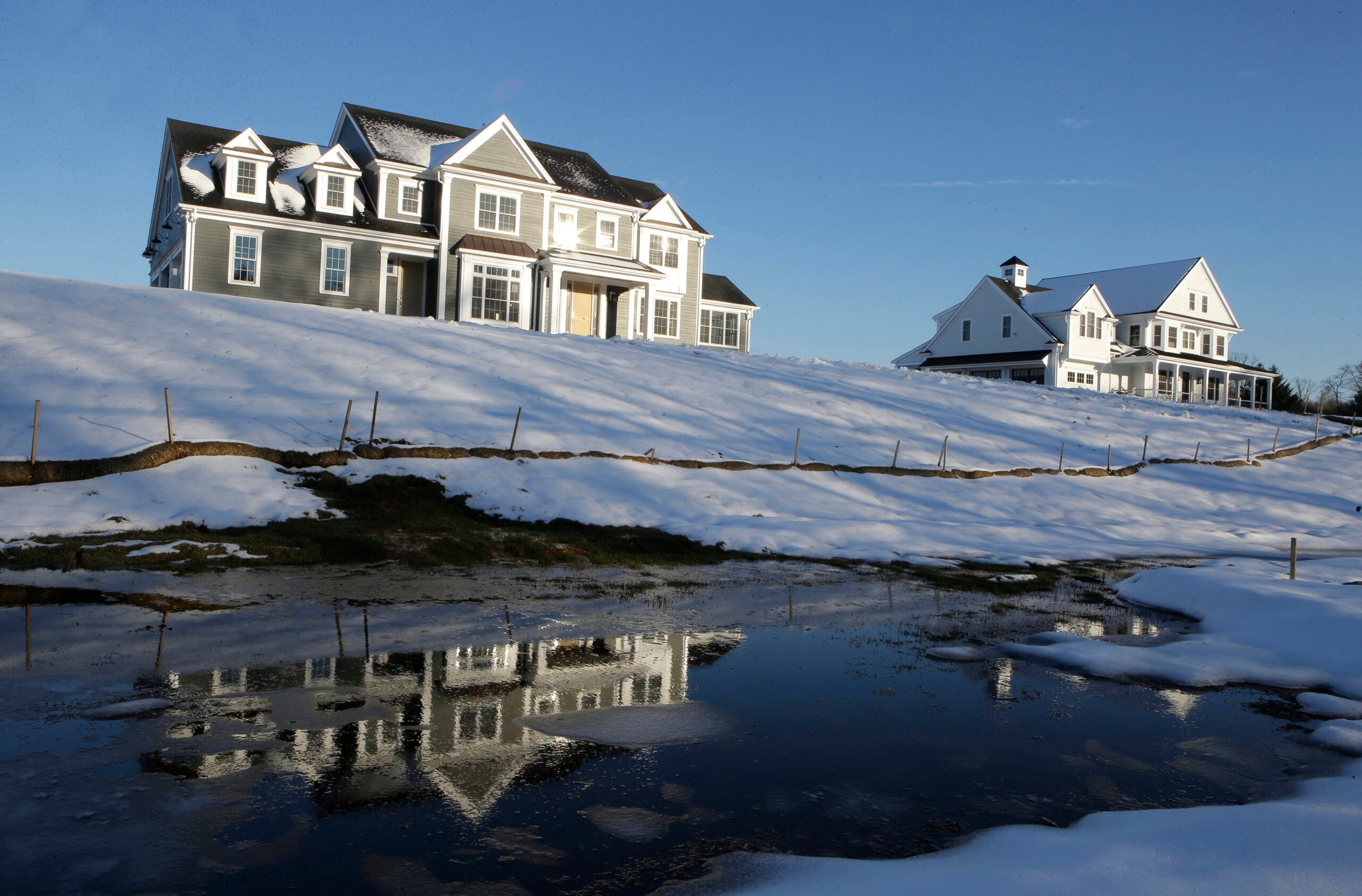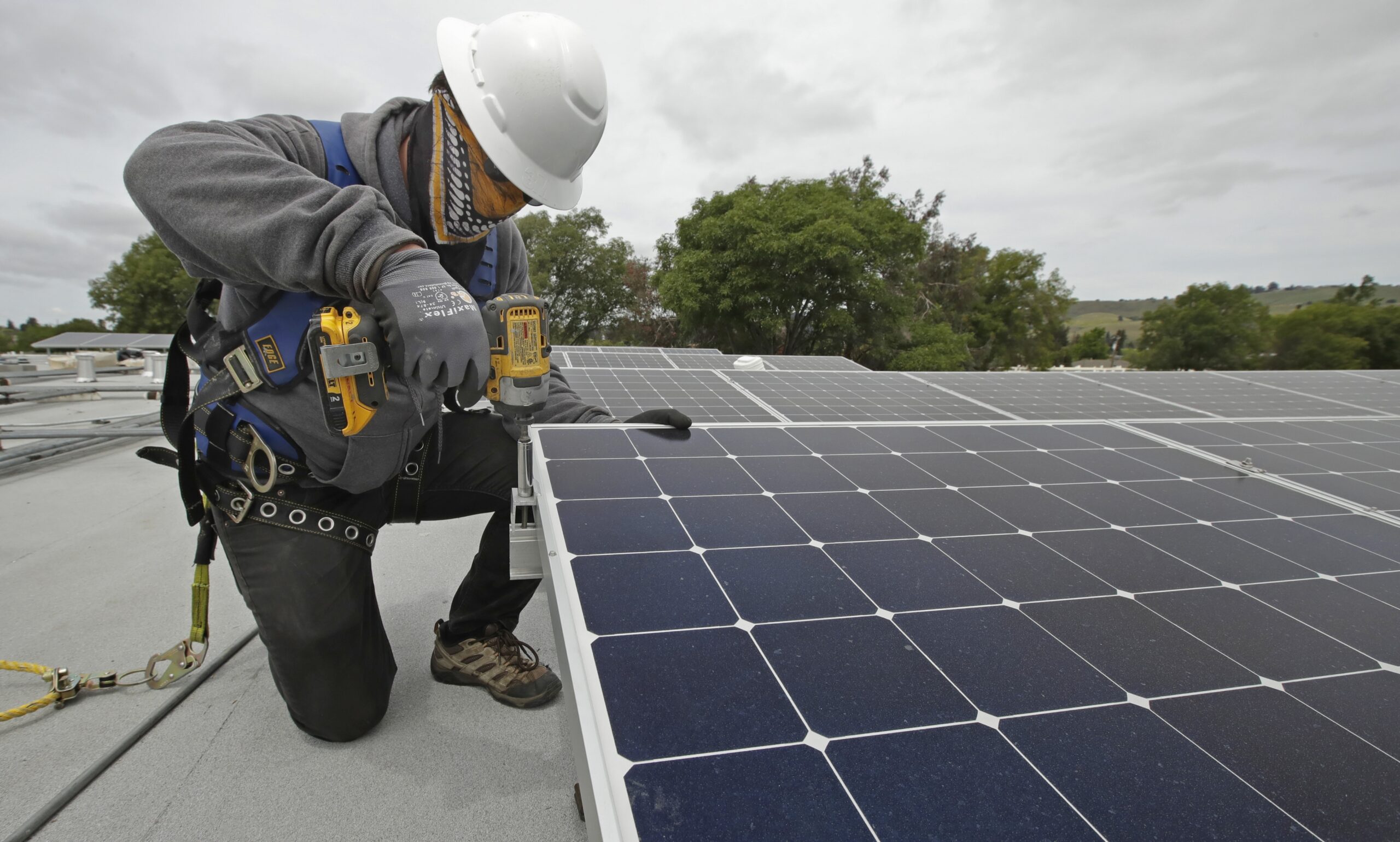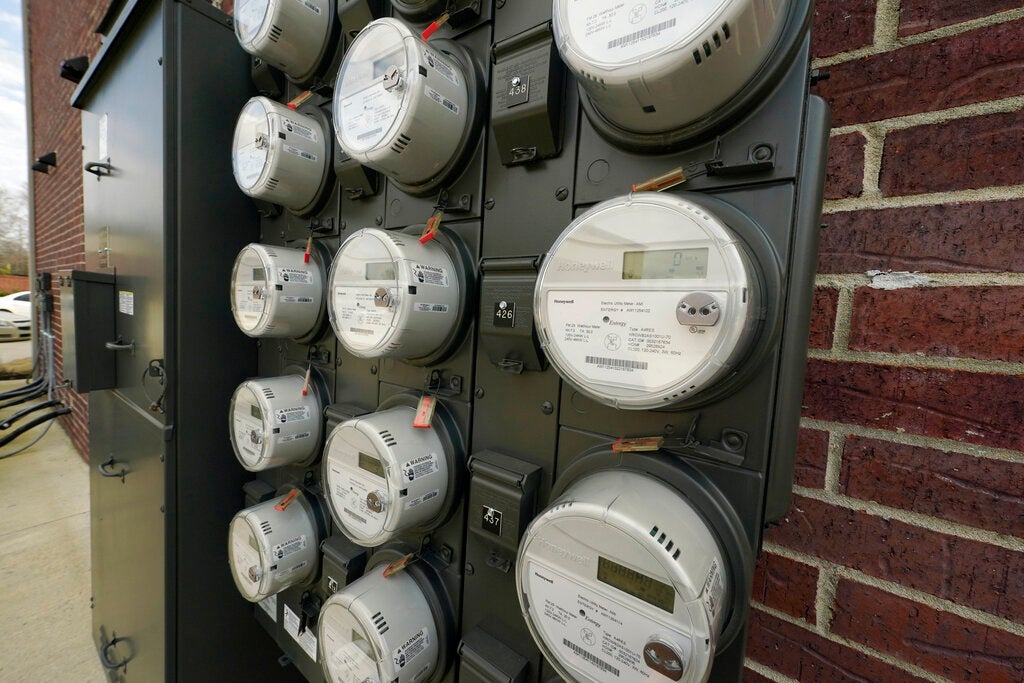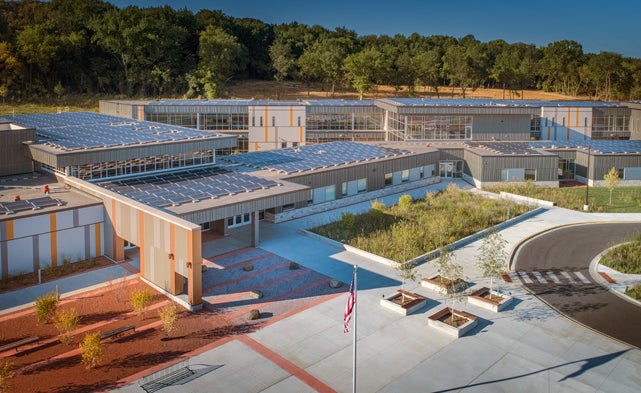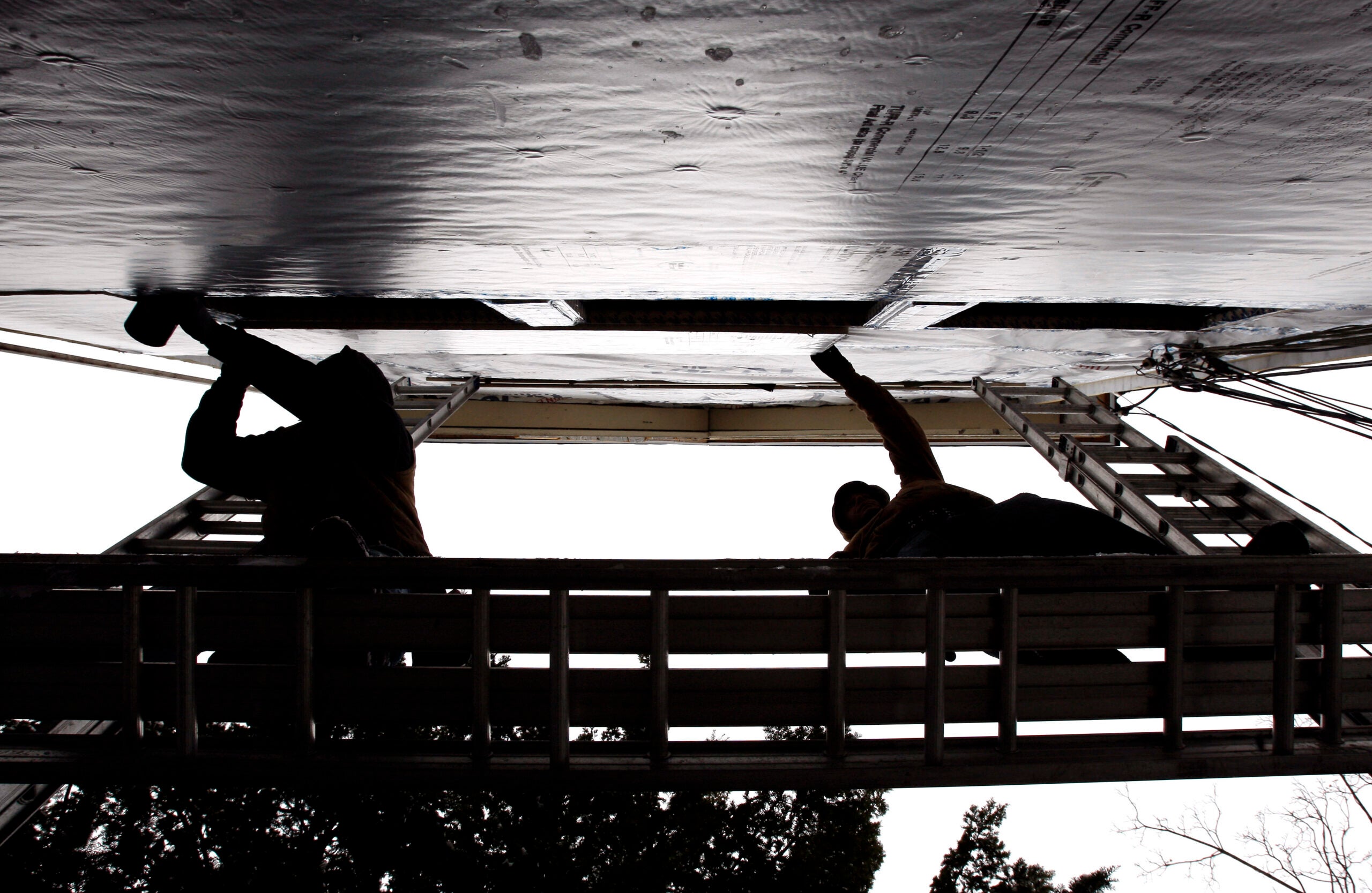As heating costs are expected to spike this winter, county agencies have received a flood of calls from people seeking assistance to keep energy bills down.
Many homeowners are likely to spend more on their heating bills due to higher fuel prices and a slightly colder weather forecast this winter, according to the most recent data from the federal Energy Information Administration.
In the Midwest, the average household that uses natural gas to keep warm is expected to spend around $1,000 — up nearly one-third from last winter. Natural gas is used to heat about 65 percent of Wisconsin homes or 1.5 million households.
Stay informed on the latest news
Sign up for WPR’s email newsletter.
“We’ve been getting calls like crazy,” said Diane Zettelmeier, acting program manager for Milwaukee County Energy Assistance.
In October, Zettelmeier said they reached almost 2,000 calls per day with people calling multiple times to get information. She expects the volume to taper off somewhat since the state’s winter heating moratorium took effect on Nov. 1. The moratorium prevents utilities from shutting off gas or electric services needed to heat homes.
“People are a little bit more panicked,” Zettelmeier said. “I think they’re seeing the articles in the news that we can have shortages — that prices are going up. All the other prices are going up, so people don’t have as much to spend on other things.”
Inflation has been squeezing family budgets from the grocery store to the gas pump. Milwaukee County had already approved more than 10,000 applications for energy assistance as of late last week. That’s more than a quarter of the roughly 36,000 applications for benefits the county paid out last year.
In far northern Wisconsin, Bayfield County had processed 378 applications as of Nov. 9, up roughly 39 percent from the same time last year. That’s more than half the 636 households they served last winter. Jessica Soulier, the county’s energy assistance worker, said people are applying for benefits earlier than usual.
“The news of the energy increases caused a little bit of a panic in the community, and so people were rushing to get those applications in right away,” Soulier said. “But now we’re seeing it slow down a little bit. We do expect it to kick back up again as the cold weather hits.”
The Wisconsin Division of Energy Housing and Community Resources expected to receive about $100 million for heating and energy assistance this year through the federal Low-Income Home Energy Assistance Program. That was prior to an additional $17 million that’s since been awarded as part of $4.5 billion for energy assistance nationwide. Gov. Tony Evers also announced another $16.6 million for heating and crisis assistance this fall.
State Department of Administration Secretary-designee Kathy Blumenfeld said they expect more than 200,000 households will receive benefits to keep their heating costs down this winter.
“So far, we’ve provided about $24 million in heating assistance and public benefit assistance to over 45,000 households,” Blumenfeld said.
The Wisconsin Home Energy Assistance Program provides a one-time payment for heating and electric bills from Oct. 1 through May 15. Benefits are doled out based on household size, income and energy usage.
The average heating benefit in Wisconsin this winter is about $372 for qualifying households, which are homes where families make 60 percent or less of the state’s median income. For example, a family of four making $61,738 per year or under is eligible to receive benefits through the program.
As concerns over heating costs rise, Zettelmeier said the average benefit for homeowners has decreased to pre-pandemic levels.
“We had a little bit more money with the pandemic for crisis and to help people pay things off, but now we’re kind of back to normal,” Zettelmeier said.
Last year, utilities were able to apply an additional $123 million in federal COVID-19 relief to past-due bills through the state’s energy assistance program.
Even so, the Biden administration recently announced an additional $9 billion that will become available for up to 1.6 million households nationwide who take steps to make their homes more energy-efficient. The money is part of new state and tribal home efficiency programs created through the Inflation Reduction Act. Wisconsin is set to see nearly $150 million through those programs.
Under the programs, homeowners can access rebates to make energy upgrades, ranging from $2,000 to $4,000 for individual households. Those rebates could double for low-to-moderate-income homes. In addition, households could receive up to an $8,000 rebate for heat pumps — an energy-efficient alternative to furnaces.
Those who are approved for energy assistance are also eligible to receive help with weatherization to reduce their energy use, as well as a program that repairs and replaces furnaces that no longer work.
Waukesha-based La Casa de Esperanza helps people weatherize their homes or replace unsafe heating systems in Milwaukee, Jefferson and Waukesha counties. Patrick Larkin, the organization’s vice president of weatherization, said they help with air sealing, insulation, water heater replacements and more.
Even so, Larkin said people often fear such services are a scam.
“If you tell them, ‘We’re going to come in your house and do all this work, and it’s all going to be at no cost to you,’ people have a hard time sometimes believing that,” Larkin said.
People can apply for Wisconsin’s energy assistance and weatherization benefits at energybenefit.wi.gov.
Wisconsin Public Radio, © Copyright 2025, Board of Regents of the University of Wisconsin System and Wisconsin Educational Communications Board.

